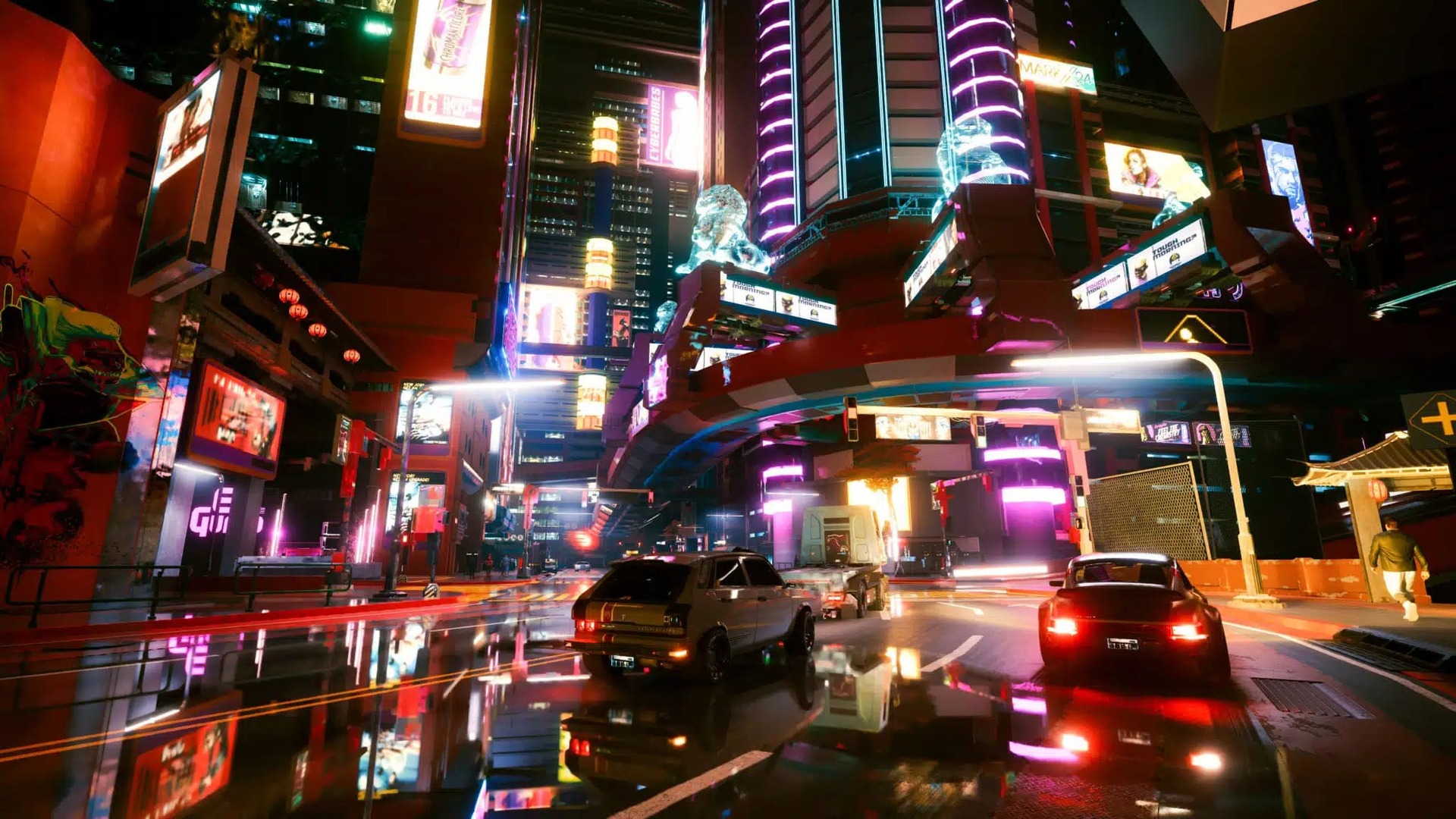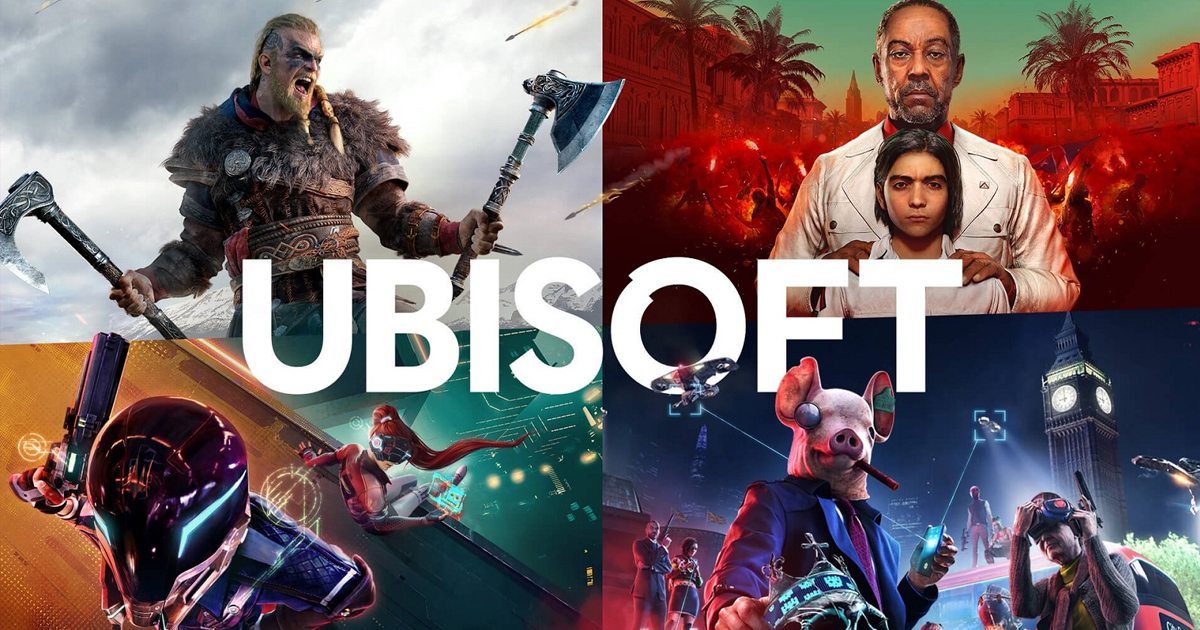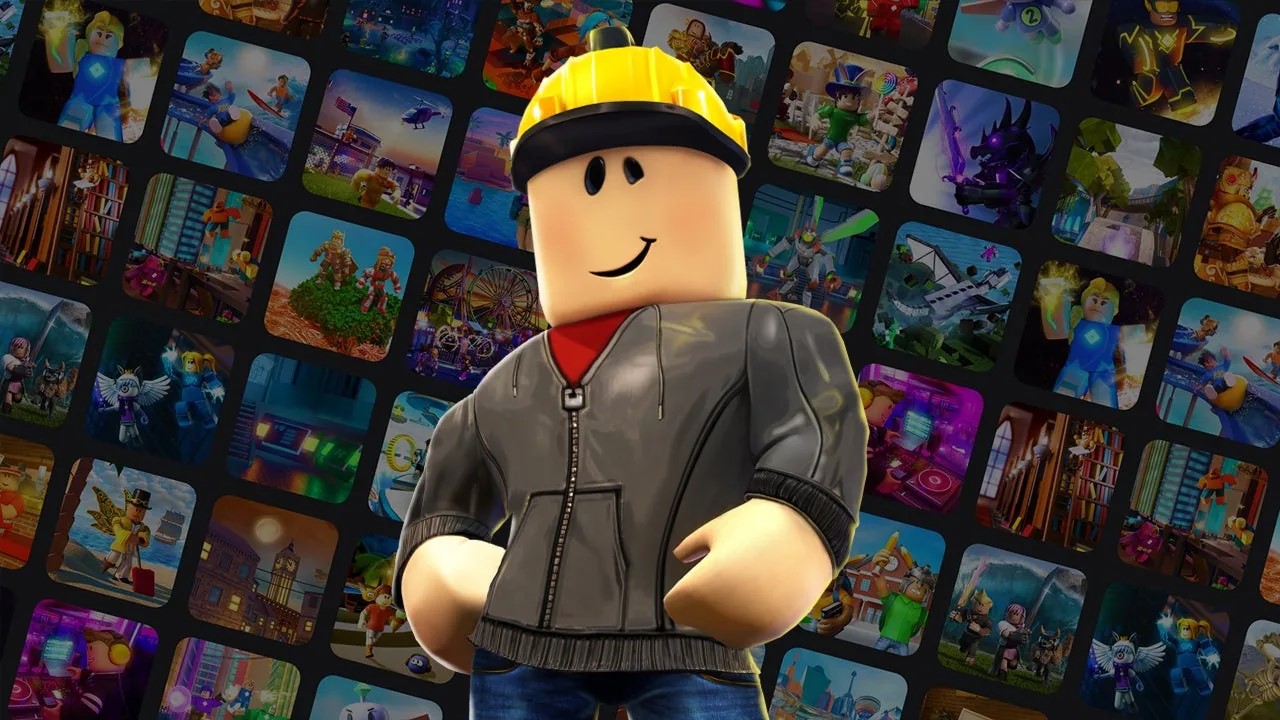- Game budgets have grown exponentially in the modern era, with marketing being one big reason.
- Various studios suffering from poor management often end up spending way more on production than needed.
- The quest for photorealism has also added to gaming’s budgeting problems.
The gaming industry’s situation has never been more confusing. On one hand, free-to-play titles like Fortnite and Call of Duty Warzone present easily accessible gameplay experiences worth hundreds of hours, but on the other hand, AAA titles like Mario Kart Deluxe are more expensive than ever.
It’s also hard to ignore just how expensive game development has become in the modern era. Whether it be due to the AAA industry’s never-ending pursuit of realism or global marketing initiatives that rely on tools like Coolutils Mail Viewer, the average AAA title has never been more expensive to produce.
However you put it, costs are up across the board, and consumers don’t have nearly as much free money to spend on the hobby. It’s essential, then, to take a step back and assess exactly what went wrong with the industry in this regard.
Why it matters: Gaming growth has seemingly stagnated in recent years, leaving the biggest giants to deal with this challenging situation as quickly as possible.
Global Marketing Initiatives

The gaming industry thrives on mass appeal today. All three console manufacturers have expanded into uncharted territories over the generations, and PC gaming has also grown bigger than ever.
This means that a platform like Xbox is now bigger than ever in Japan, while PC gaming is slowly catching up to the traditional appeal of console gaming. However, the sustained growth of these platforms requires massive marketing campaigns that take up a large portion of a typical AAA game’s budget.
Influencer collaborations, Super Bowl ads, and massive showcase-like events are just some of the ways companies advertise their biggest games to new customers. Moreover, companies also rely on email advertisement companies, often sending customers enticing promotions and offers for their most popular services.
I still remember that one time PlayStation sent me a free month of PS Plus via email, and while these types of offers show up less frequently today, they still serve as effective tools.
However, such marketing initiatives require major campaigns that see hundreds of millions of dollars being spent during the pre-release cycle. As an extreme example, Scopley spent a whopping $1 billion on marketing Monopoly Go.
Race To Photorealistic Graphics

Modern technology has evolved far beyond anybody’s imagination, yet games seemingly look no better than they did a few years ago. Indeed, the likes of The Last of Us Part 2, Red Dead Redemption 2, and Cyberpunk 2077 still hold up considerably well against the latest AAA titles.
Even much older games like Batman: Arkham Knight look incredible to this day, barring a few obvious signs of age. Unfortunately, games had already evolved so much during the last generation that any further leaps require immense investments for minimal results.
As developers continue to invest more and more time focusing on the smallest of details in games, they drive up the cost of AAA titles each year. It doesn’t help that many of these small details often go unappreciated by the average gamer.
Consider The Last of Us Part 2 as an example. Naughty Dog spent so much time meticulously crafting the gory animations and detailed motion capture performances in its last game that it required a whopping $200+ million to produce.
An even newer game, like Spider-Man 2, ended up with a budget of $300+ million. Although this sequel reused many of the assets from the last two games already, it somehow ended up eclipsing the costs of past projects produced by Insomniac, something that left many scratching their heads.
However, the answer is simple. Technologies like ray-tracing, bigger levels, sandbox-style worlds, and lengthier gameplay experiences all contribute to more effort from the development teams.
This, in turn, leads to development cycles that often run for several years on end and leave studios with budgets in the hundreds of millions of dollars.
Poor Management Is Also To Blame

It’s no secret that the gaming industry is in flux at the moment. Between constant layoffs, the ambitions to integrate AI technology, and dwindling spending on the hobby post-COVID, studios are left with more than a few tough choices to make.
Many teams clearly overhired during the industry’s peak in 2020 and 2021, resulting in poor management and layoffs. On the other hand, teams like BioWare have struggled to stick to one idea, jumping back and forth between the desire to chase industry trends and stick to a tried-and-true formula.
These management problems mean that AAA teams today often go years without producing competent projects. Even when these games are shipped, they represent an unsettling blend of ideas and concepts that hint at something great but never quite get there.
Throw the emerging wave of AI technology into the mix, and you have the perfect recipe for disaster. It’s no wonder, then, that game budgets have grown so much, with studios wasting money and resources left and right.
Still, there is hope for the future. The recent wave of indie and AA hits suggests that games can still produce fun and thoughtful experiences when contained to small teams brimming with passion and excitement.
Games like Holliw Knight Silksong and Clair Obscur: Expedition 33 stand in stark contrast to the bloated nature of modern AAA development, and here’s to hoping that more such examples continue to show up in the coming years.
Thank you! Please share your positive feedback. 🔋
How could we improve this post? Please Help us. 😔
[Senior News Reporter]
Avinash is currently pursuing a Business degree in Australia. For more than 5 years, he has been working as a gaming journalist, utilizing his writing skills and love for gaming to report on the latest updates in the industry. Avinash loves to play action games like Devil May Cry and has also been mentioned on highly regarded websites, such as IGN, GamesRadar, GameRant, Dualshockers, CBR, and Gamespot.


 Threads
Threads

